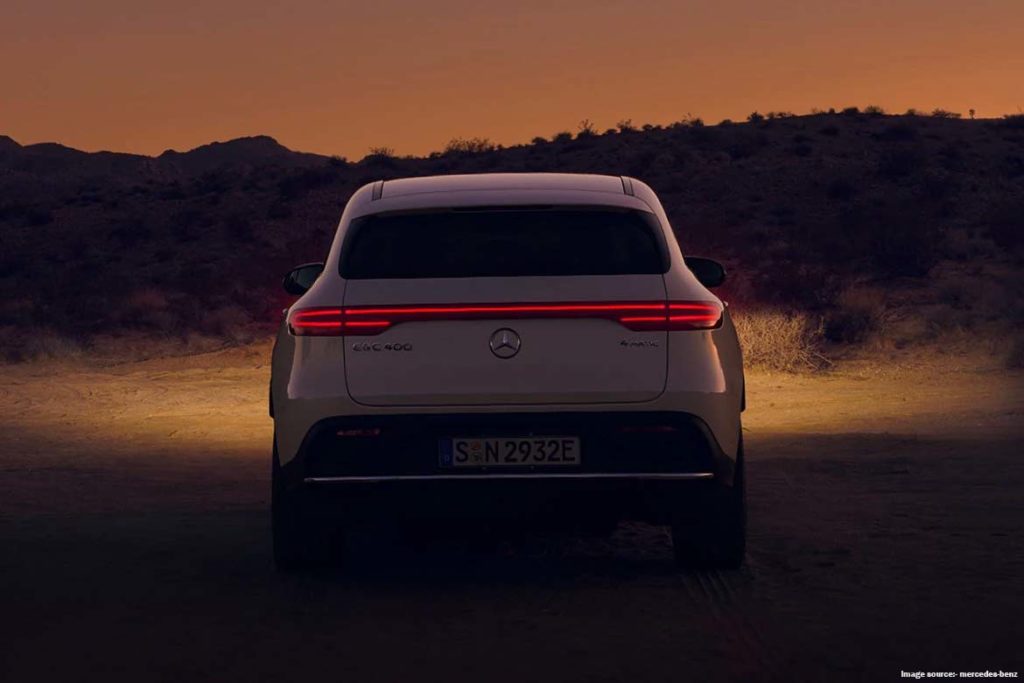Electric cars and SUVs do not account for a significant portion of total passenger car sales in India, but they have made inroads. At the moment, EV adoption is hampered by a lack of public charging infrastructure and a higher price tag (despite government subsidies). Buyers, on the other hand, now have more than a few options.
The only other electric vehicle available was the tiny e2o, which was first introduced in June 2016. Seven all-electric cars, from mass-market sedan and snacks to premium Luxury snacks, are on the market after almost five years. This is a quick overview of all SUV and electrical cars in the U.S. today.
Read More: 2021 New 11 Brand SUVs to Be Launched in India
Tata Tigor EV

The Tigor EV, Tata’s first all-electric vehicle, was only available to commercial buyers when it debuted in June 2019. The Tata Tigor EV did not alleviate range anxiety associated with all-electric vehicles due to its small 16.2kWh battery and 142km ARAI rating. Driving Tata’s electric sedan in traffic is simple, but it loses power above 50kph; our Tigor EV review revealed that it took 18.84 seconds to reach 80kph. Tata introduced an upgraded Tigor EV in three variants in October 2019, with a larger, 21.5kWh battery pack that provided 213km of range on a single charge. Individual buyers can also place orders through the brand’s order books. A facelift for the electric sedan is expected soon.
Mahindra eVerito

The Mahindra eVerito, an all-electric version of the now-defunct Verito sedan, has been on the market for nearly five years. The eVerito has an 18,55 kWh battery pack, which is available in two variants – D2 and D6 – with an ARAI rating of 140 km. The real-world range that is typically smaller than the ARAI figures is a complaint. It is slow and struggles to maintain urban traffic due to the weak electrical engine in eVerito. Mahindra’s all-electric sedan is only suitable for short commutes and is expensive for what it is, though the functional, albeit aging, the cabin is a plus.
Tata Nexon EV

Tata Motors’ second electric vehicle is a significant improvement over the company’s first. The Tata Nexon EV has modern technology, such as a connectivity suite, and a number of extras, such as a sunroof, and feels like the company’s first electric car that could serve as an alternative to a gasoline car. In practice, the 30.2kWh battery should last 180-220km; our review of the electric Tata compact SUV revealed that it is quick off the line, effortless, and reasonably fun to drive.
Nexon EV prices begin at Rs 2.52 lakh more than the top-spec Nexon XZA+ DT (O) petrol-automatic and end at Rs 4.93 lakh more, representing a significant premium. While Nexon EV sales surpassed 4,000 units at the beginning of this month, the all-electric SUV has been dogged by complaints about its range. The Delhi High Court has temporarily halted the removal of Tata’s electric SUV from the list of EV subsidies. Here’s more information on how the EV range works to help you understand the problem.
MG ZS EV

Hyundai Kona Electric is a direct competitor to the ZS EV. It has a longer real-world range from its 44.5kWh battery pack (as shown in our comparison between the ZS EV and Kona Electric), more cabin space, and a long list of features; however, some features are missing from a car in this class. Despite a recent update that increased its ARAI range from 340km to 419km and ground clearance by 16mm, MG ZS EV prices are still slightly lower than Hyundai’s EV. The case of the all-electric MG SUV also comes with a standard 5-year guarantee package. Autocar India holds the record for the longest distance traveled in an EV on a single charge in India, with a 563km run in the ZS EV.
Hyundai Kona Electric

In July 2019, the Hyundai Kona electric was presented as a CKD in order to display the EV technology of the Korean brand. In our Kona Electric road test, we discovered that it was a lively performer, a typically well-equipped Hyundai and that it could travel a reasonable distance on a single charge. However, its interiors are uninspiring and not particularly spacious. Hyundai’s variable ‘Wonder Warranty’ pack was made available on the electric SUV just last year. The Kona Electric facelift was revealed for international markets in November of last year, but there is no word on when it will be brought to India.
Mercedes-Benz EQC

The EQC, Mercedes-Benz India’s first all-electric model, is aimed at traditional luxury SUV buyers. The Mercedes-Benz EQC is refined, fun to drive, and can travel approximately 350 kilometers on a single charge; buyers who choose to drive should have no complaints. It’s also luxurious, though not as feature-rich as you’d expect from a car at this price; with a Rs 1.04 core price, it’s the same as the larger GLS. The low ground clearance is also an issue, as we discovered during our EQC India review.
Read More: How Liquid Cooling In Devices work?
Jaguar I-Pace

In many ways, Jaguar’s response to the Mercedes EQC is typical – it’s beautiful to look at and a blast to drive. The I-Pace is also easy to live with if only we had the infrastructure to support it. The Jaguar I-Pace is available in three trim levels: S, SE, and HSE. The Audi e-Tron and e-Tron Sportback are set to arrive in the first half of this year, competing with both the I-Pace and the EQC “as read and reported by www.autocarindia.com”.
